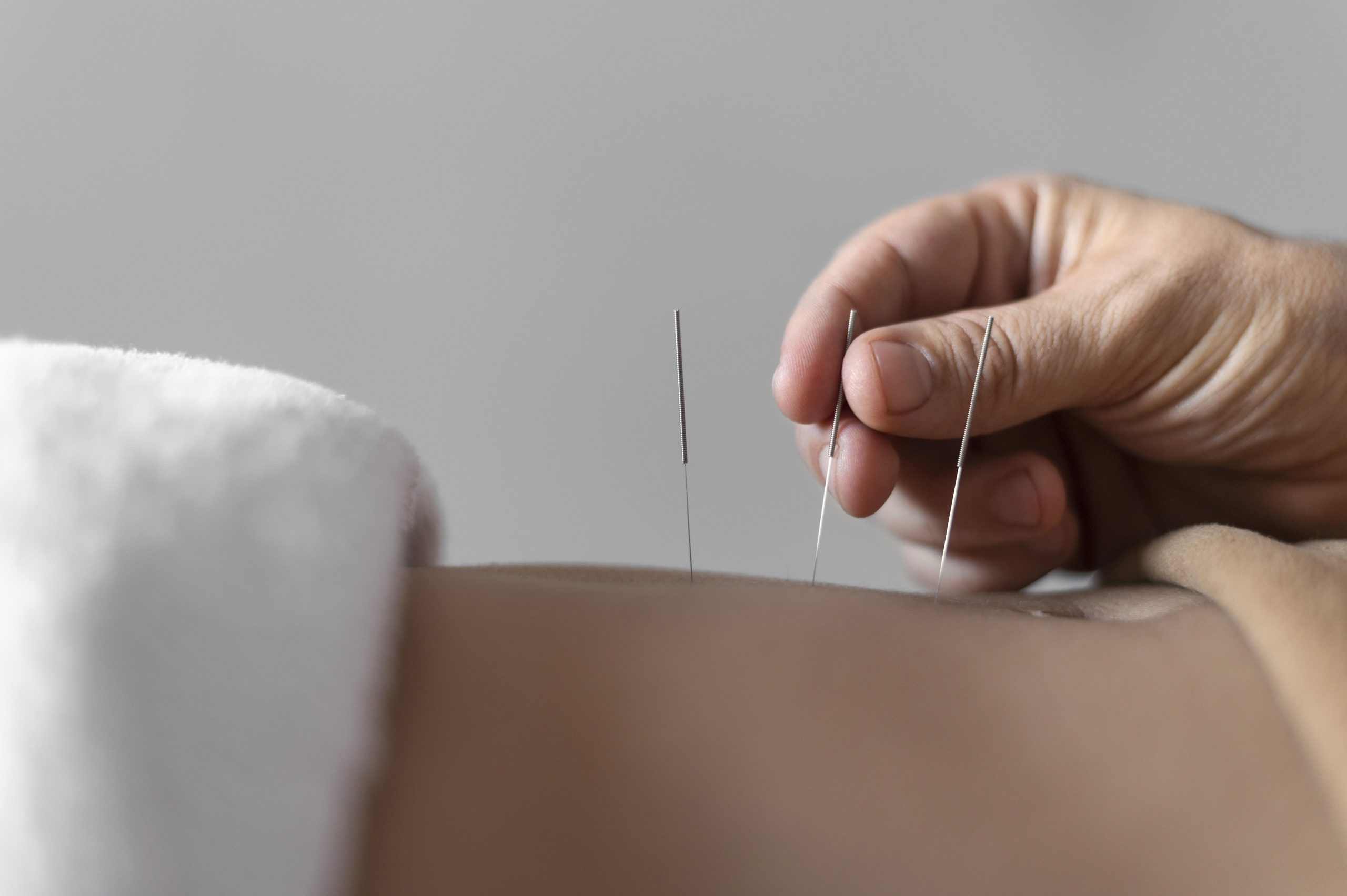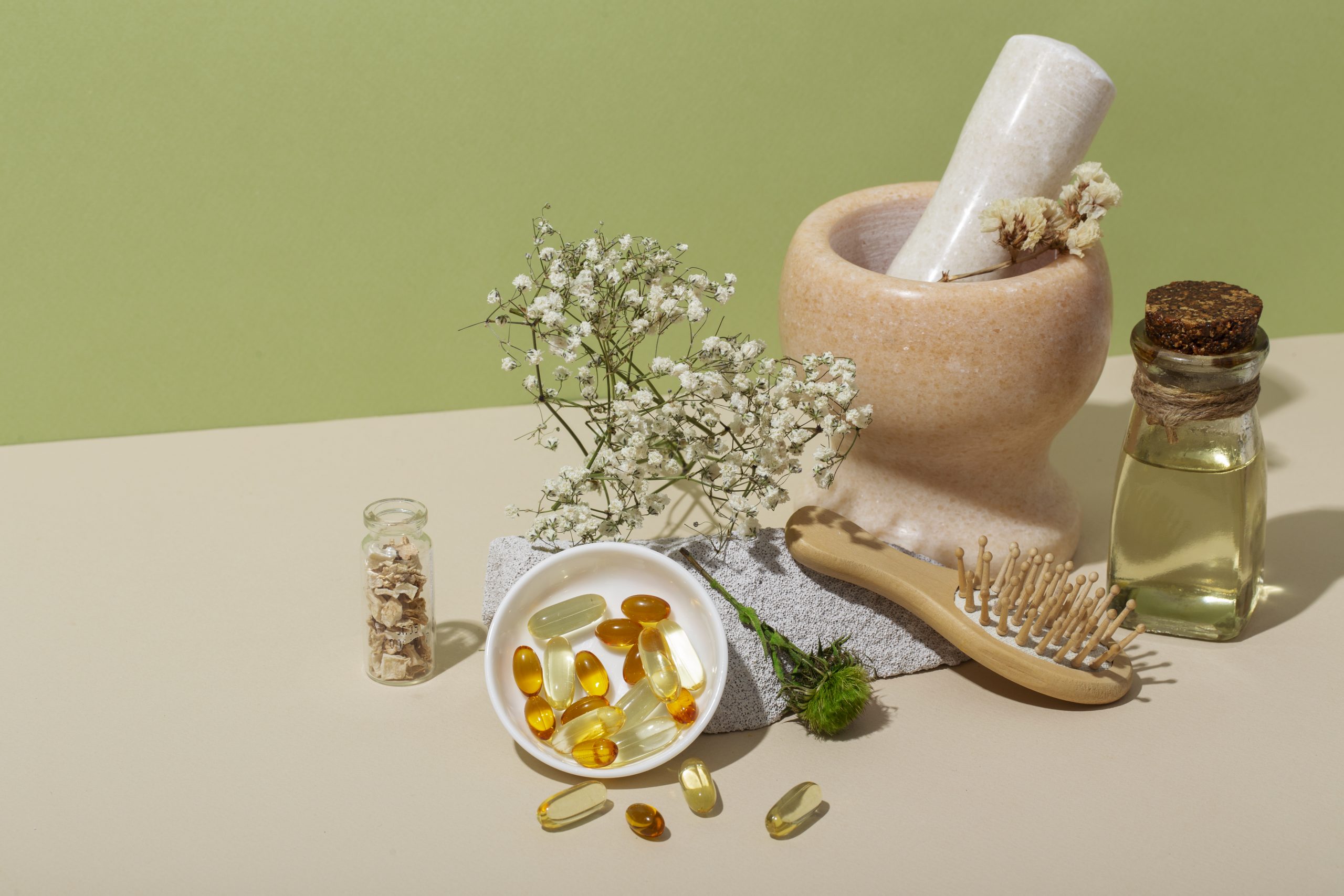What is?
Cosmetic Acupuncture
After a regular full-body acupuncture treatment, the acupuncturist will move on to the facial portion of the treatment. If the practitioner only does the facial part of the treatment, Beisel doesn’t recommend it.
“If you were just going to put a large number of needles in the face and not the full body, this would result in energy congestion in the face,” she says. “A client can experience dullness, headache, and discomfort.” When you start with the body, you can experience a full flow of energy that helps support the facial acupuncture.
On the face, the acupuncturist will insert 40 to 70 tiny and painless needles. As the needles puncture the skin, they create wounds within its threshold, which are called positive microtraumas. When your body senses these wounds, it goes into repair mode. This is the same idea microneedling uses to get bright, anti-aging results — except acupuncture is a bit less intense, averaging about 50 punctures. Microneedling applies hundreds of pricks through a rolling device.
These punctures stimulate your lymphatic and circulatory system, which work together to deliver nutrients and oxygen to your skin cells, nourishing skin from the inside out. This helps even out your complexion and promote your skin’s glow. The positive microtraumas also stimulates the production of collagen. This helps improve elasticity, minimizing fine lines and wrinkles.
What are the long-term expectations of facial acupuncture?
According to Beisel, the main result people experience is a bright complexion. “It’s as though the skin has been awakened from a long, deep sleep,” she says. “All the fresh blood and oxygen flood the face and really bring it back to life.”
But unlike Botox or dermal fillers, facial acupuncture isn’t a quick fix of any kind. “I like to manage clients’ expectations,” explains Beisel. “The focus is to create long-term changes in the health of the skin and body, not short-term quick fixes.” By this, she means better collagen stimulation, a brightened skin tone, reduced jaw tension, and a softer appearance overall on top of health benefits like reduced anxiety and tension.
One studyTrusted Source found that the majority of people saw improvements after just five sessions of facial acupuncture, but Beisel recommends 10 treatments once or twice a week to see optimum results. After that, you can go into what she calls a “maintenance stage,” where you get the treatment every four to eight weeks.
“It’s a great treatment for those who are really busy and on the go,” she says. “It allows the body time to relax and restore.”
If you’re unable to commit to that kind of time or money to maintain treatments, another way to help preserve your results afterward is to feed your skin through a well-balanced diet and well-formulated skin care routine.


The most common side effect for facial acupuncture — or really any acupuncture — is bruising.
“This only happens about 20 percent of the time, but is still a possibility,” says Beisel, who adds that bruising should heal before the week is up. To avoid bruising and instead achieve the best results, the person receiving the treatment should be in good health for maximum healing capabilities.
Hijama House Services
Get In Touch With Us
Call us anytime
+91 7304065262
+91 7304105262
+91 7304105262
Email us
care@hijamahouse.com
Book An Appointment
Want to contact us? Do book with us with this simple form below





